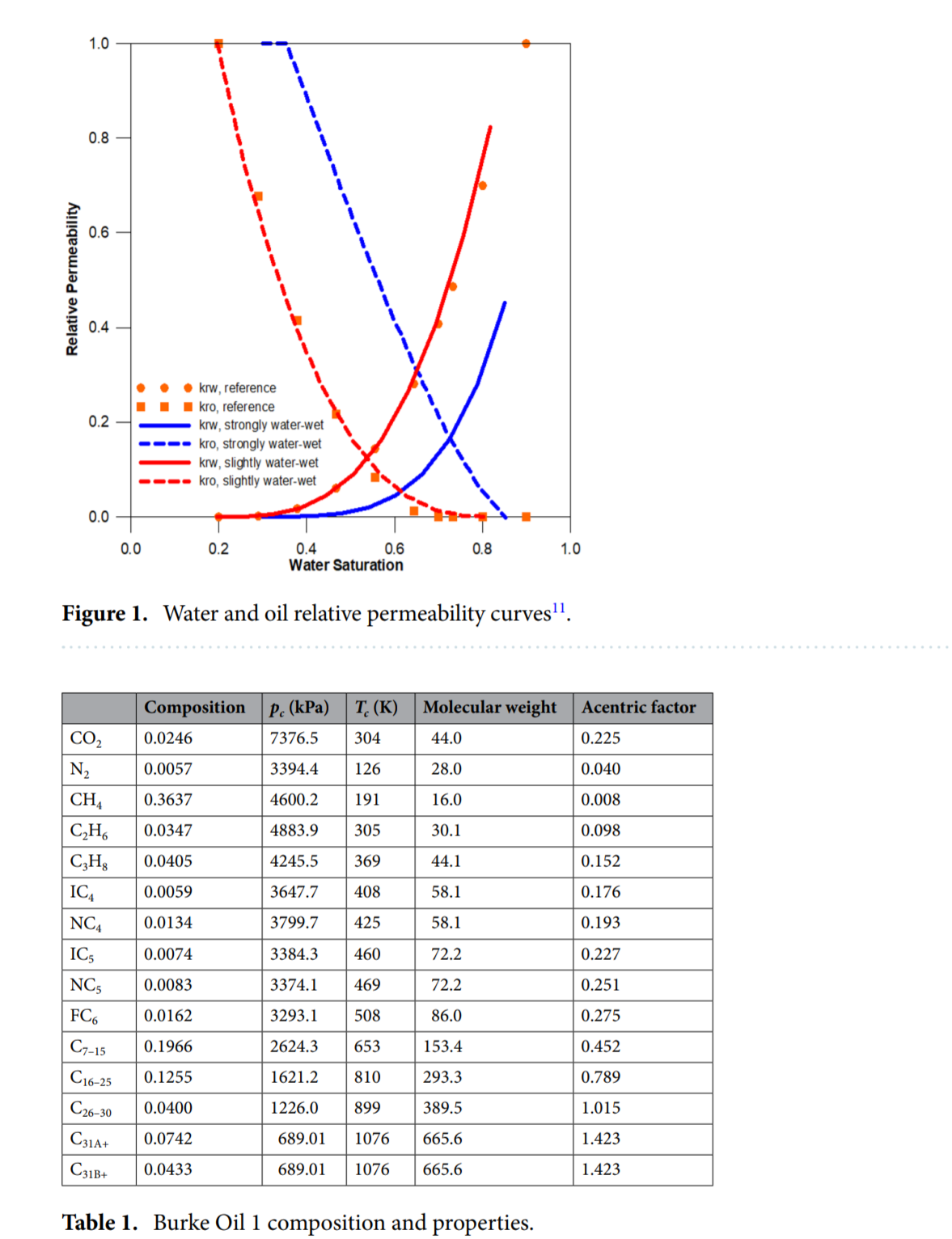Modeling of CO2-LPG WAG with asphaltene deposition to predict coupled enhance oil recovery and storage performance
Combined carbon capture and storage and CO2-enhanced oil recovery (CCS-EOR) can reconcile the demands of business with the need to mitigate the effects of climate change. To improve the performance of CCS-EOR, liquefied petroleum gas (LPG) can be co-injected with CO2, leading to a reduction in the minimum miscibility pressure. However, gas injection can cause asphaltene problems, which undermines EOR and CCS performances simultaneously. Here, we systematically examine the mechanisms of asphaltene deposition using compositional simulations during CO2-LPG– comprehensive water–alternating-gas (WAG) injection.
The LPG accelerates asphaltene deposition, reducing gas mobility, and increases the performance of residual trapping by 9.2% compared with CO2 WAG. In contrast, solubility trapping performance declines by only 3.7% because of the greater reservoir pressure caused by the increased formation damage. Adding LPG enhances oil recovery by 11% and improves total CCS performance by 9.1% compared with CO2 WAG. Based on reservoir simulations performed with different LPG concentrations and WAG ratios, we confirmed that the performance improvement of CCS-EOR associated with increasing LPG and water injection reaches a plateau. An economic evaluation based on the price of LPG should be carried out to ensure practical success.




